French artillery authority testifies
The book of the artillery general lifts the veil over one of the most important phenomena of the war - over its extraordinary fighting tension in the artillery unit, which is very interesting and instructive.
Almost all parts of the world took part in the Great War; some of them turned out to be a theater of operations - most of Europe, part of Asia, part of Africa. America participated in the war in the person of the USA and Canada, Australia - with its troops as part of the British army. It was in the full sense of the word world war. Such a simultaneous and almost simultaneous rise of countries and peoples was the result of an extraordinary interweaving of mutual interests, the power of communications and other circumstances. The aforementioned tension manifested itself in all areas of life and activity - state, economic, social and personal. Moreover, the possibility of such voltage was not actually provided. Before the war, it was believed that under the circumstances, a war could not be long, because no country was able to wage a long war. But reality fooled these assumptions: a prolonged war turned out to be very possible - for which, however, an unprecedented tension had to be developed.
Wonderful work and its era
The work of the gunner Gaskuen and lifts the veil, as we noted above, over a piece of this tension. We see how France, less prepared for artillery than its enemy, does not give up, but shows all-out tension - in order to fill the gaps in its training. Germany, which is much better prepared for the war, is not satisfied with this, and from the very start of the war, it proceeds to improve and increase its artillery assets and conducts this not only with the same strain as France, but also with greater tension.
From the book of Gaskuen breathes vigor. Its general meaning is: “Fight with what you have. But do not give up, work on the optimal use of available funds, on their improvement, on the invention and use of new tools. Do not be a routine - progress throughout the war. ”
From the very beginning of the war, France found itself with significantly less artillery means than Germany. If in the German corps there were 160 guns, then the French corps of a similar size had only 120 guns; the artillery of the French corps consisted only of field light guns, while the German part besides light field guns had significant howitzer artillery. In addition, Germany had numerous army heavy artillery, while among the French it was in its infancy. Of course, this was unfavorable for the French, Gaskuen writes, but still not quite as bad as many imagine. If the Germans have more guns in the corps, then the French have superiority in the number of light guns (120 vs. 108 German) and the French light gun is better than the German one; and in a maneuvering war, which was the war at its beginning and at the end, light guns play a major role, while heavy guns can only get limited use.
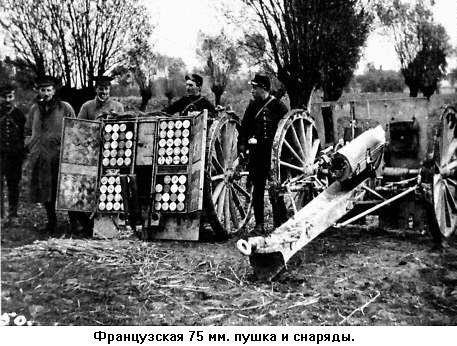
The French lack of heavy artillery could be made up for by changing the tactics of light guns.
They are long-range. And, although long-range shooting from them, as the general notes, is not in custom - but you just have to abandon this custom and hit distant targets.
They are too persistent and therefore can neither destroy the troops behind the closures, nor destroy the closures. But again, no, from long distances they can do this too, and therefore, when it is needed, long-range shooting should be opened - to get a steeper trajectory. To get an even steeper trajectory, enter a reduced charge.
Although heavy guns were not introduced into the French army, France has a huge stock of heavy old guns with excellent ballistic qualities and completely preserved (and there are many completely new ones among them), with a huge stock of ammunition. Although they stood on siege carriages that did not allow firing at a high elevation angle, inconvenient for placement in trenches, there was a sample of a suitable carriage.
So Gaskuen tells us, however, after the war. But from his book it is clear that he advocated in this direction during the war, and he was probably not alone, because France did so, although not at the speed that was needed.
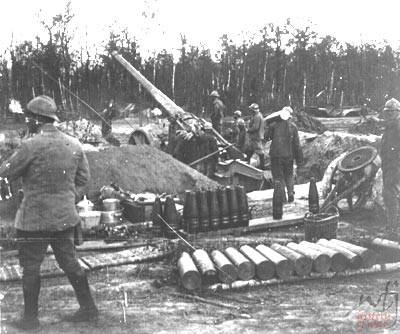
But progress was evident: artillery thought worked actively, experimental courses and training grounds functioned.
France during the war launched a large-scale activity in the manufacture of items of military supplies.
The hard work of the governing bodies in charge of this business has become an essential prerequisite for success. There are also new special structures. So, on 18 on May 1915, the post of assistant minister of war for artillery was established as part of the Ministry of War, to which, with the rank of state secretary, a prominent parliamentary figure, Alberta Thom, was elected. He was given three assistants: Baka (manual weapon and cartridges for it), Gosso (heavy artillery and ammunition for it) and Desale (light artillery, shells for it, her, convoy, harness, personnel). But this was the legalization of the actually existing system: Albert Thoma was at the head of the artillery supply since the fall of 1914.
Then, in December 1916, the Office of the Assistant Secretary of War for Artillery was allocated to a special ministry of armaments (armements et fabrications de guerre), headed by the same Albert Toma. At the same time, an “institution of military invention” (inventions interressantla defense nationale) was attached to this ministry. Prior to that, it was part of the "Ministry of Education, Arts and Military Inventions" (this very interesting body, formed after the outbreak of the war, it entered into its establishment at the very beginning of the war).
The Minister of Armaments was assigned two assistants: one for the manufacture of military supplies (fabrications de guerre), the other for military inventions.
In connection with the War Ministry, and then with the Ministry of Armaments, the Parliament — the Chamber of Deputies and the Senate — worked actively on issues of combat supply. The numerous commission of the chamber (44 member), chaired by General (retired) Pedoya, had a special subcommittee (there were three of them) on arms and military supply; it included special rapporteurs on each of the following issues: supplying plants with workers, providing enterprises with materials, artillery materiel, hand weapons, ammunition, explosives, trench weapons, hand grenades, railroad tracks, cars and asphyxiating gases (i.e. 11 speakers).
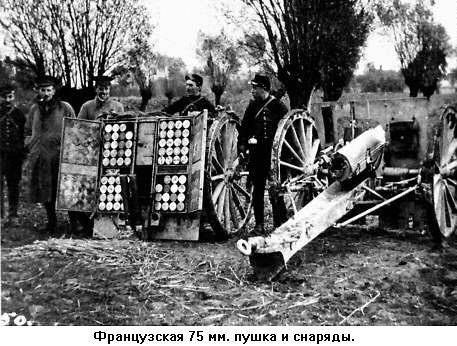
Tension, which was shown by France during the 1914-1918 war. in terms of artillery it was very large, but, as Gaskuen repeatedly emphasizes, Germany showed even more tension.
Germany went to war already with great superiority over France in artillery: she surpassed the total number of available guns; exceeded the number of trunks in each hull; It was distinguished by the presence of numerous howitzer and heavy artillery, integrated into divisions, corps and army (and guns of modern samples); she already had a model of a melee weapon - a trench - and understood the importance of the latter.
The French, Gaskuen notes, were inferior to the Germans in armaments — guns and howitzers, in trench weapons, in throwing grenades, bombs and mines of various calibers; in a word, in everything except stoicism of soldiers and commanders. That is why this war was so difficult for the French and why it cost them so much.
The Germans excelled the French not only in their greater readiness for an artillery war, but throughout the war they sought to maintain their superiority, ahead of the French in inventing new means, new methods of armed struggle, and multiplying the available ones. Thanks to this, the Germans held the initiative in their hands for a long time.
Having started the war by the powerful use of maneuver in a maneuver war, when the maneuver did not give them decisive results, they switched to a trench war - and to the latter they considered themselves much more prepared than their opponent.
During the war, the French learned a lot from the Germans, adopting from them many views and techniques, and then applying them themselves. Although Gaskuen says that in the art of artillery frenching the French not only did not concede to the Germans, but even surpassed them, many methods were adopted by the Germans: this is a rolling barrage (Gaskuen gives not French instructions, but German), pilonage, etc. Also in tactics: following the example of the Germans, the French at the end of the war abandoned the many-day artillery preparation for the attack and introduced the principle of surprise into the tactics (French directive No. 5 of 18 July 1918).
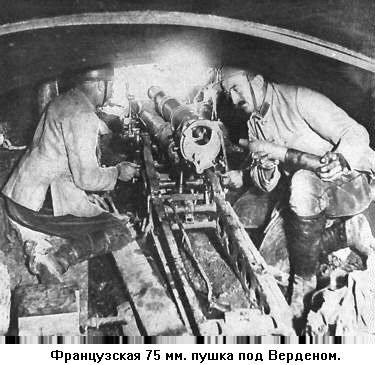
And to compare the tensions of France and Germany, it will be interesting to compare their characteristic offensive operations, about which Gaskuen reports very interesting information. On the one hand, these are three breakthroughs that the French tried to make in the German fortified front in 1915, 1916 and 1917; on the other hand, this is the Verdun operation of the Germans and their breakthrough of the French front in 1918
French breakthroughs.
Breakthrough 1915, September - October.
The width of the breakthrough is 25 kilometers. In addition, a nearby breakthrough was made at half the width of the above.
The breakthrough was preceded by a continuous concentration of forces and means.
The breaching breach lasted three days (22 - 24 September), and the process was preceded by a two-week shelling of enemy artillery positions.
The assault on the 25 of September was a complete success, but the attacks of the following days did not yield positive results due to insufficient artillery support.
Attempts to further develop the breakthrough forward and to the side lasted about two weeks (until October 6) and then were stopped - due to heavy losses and lack of success.
This operation cost the French 120000 killed, missing and captured and 260000 wounded, evacuated from the battlefield. Conquered area - 40000 sq. m (4000 hectares); breakthrough depth 2 - 3 kilometers.
Breakthrough of July 1916 of the year.
The width of the breakthrough is 16 km (at the same time the British made a breakthrough nearby - the same width).
The breakthrough was preceded by a four-month preparation: the construction of roads, bridges, the organization of ammunition depots, sanitary facilities, the strengthening of shelters, etc.
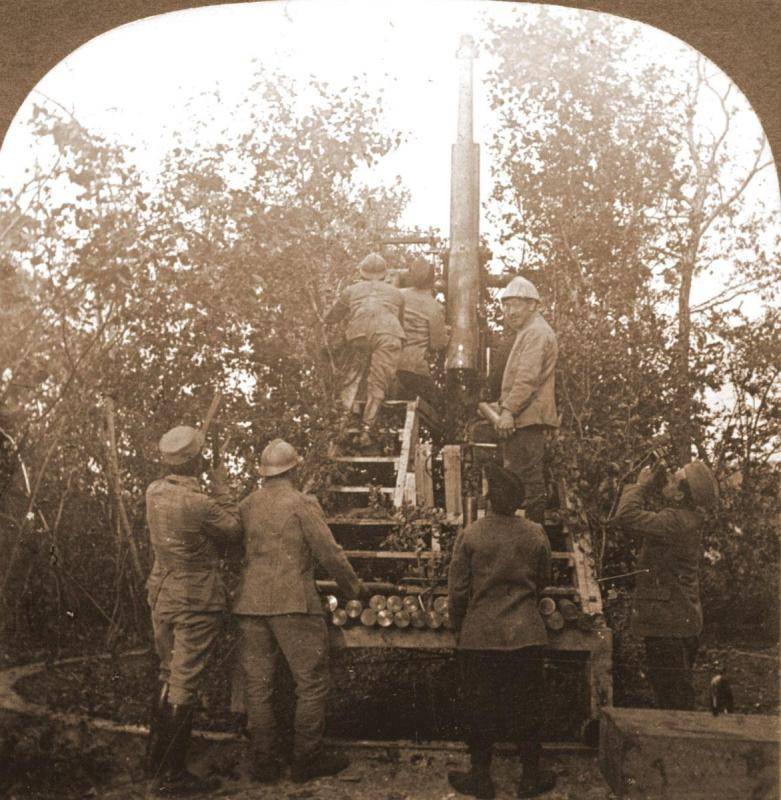
At 15 km, about 1500 guns were concentrated, namely: heavy guns near 600 (including several guns of very large calibers up to 370 mm), trench 400, field lungs (75-mm) 444.
On average, for each 15 - 18 steps of the front, there was one weapon.
The breach of the breach lasted 6 days. The assault was carried out on July 1.
Ammunition consumption was enormous. If in the 1915 year for the preparation of the assault, 400 kg of ammunition was consumed per kilometer of the front to be fired, now 900 kg was used up.
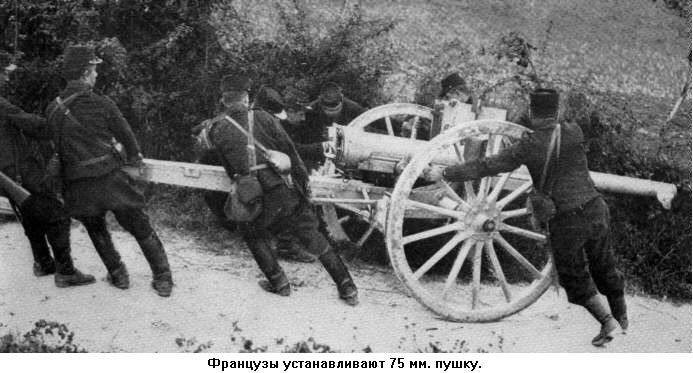
Only heavy and trench artillery used up shells with a total weight of 11000 tons. Light 75-mm guns (444 barrels) fired more than a million grenades with a total weight of about 6000 tons, with a total weight of shells of 10000 tons, i.e. each gun fired more than 2250 grenades.
The assault was successful, with 3 of July being captured by 200 German batteries and 15000 prisoners.
April breakthrough 1917
A grandiose operation was being prepared, surpassing all previous ones with its own forces and means. Three French armies participated. Breakthrough Width - 35 kilometers. The preparation for the assault lasted 11 days. But the assault was unsuccessful - partly due to the fact that they did not give the funds that were intended and needed to implement the operation. So, instead of 900 new Schneider short 155-mm cannons, only 428 was received, there was not enough ammunition. Regarding this, probably the most unsuccessful of the French breakthroughs, Gasquin is too concise. Without giving particular details.
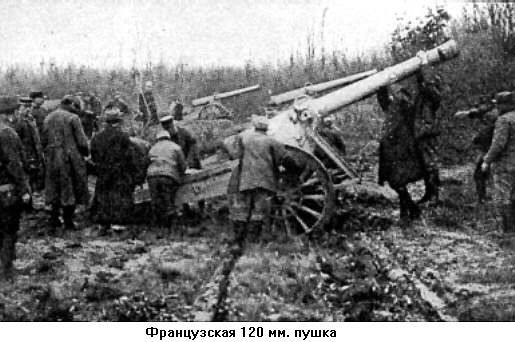
German offensive operations.
Verdun operation (only the period of the first half of 1916 was taken).
Preparations began in October 1915. The direct preparation for the assault, carried out on February 21, lasted only 10 hours - but it was sudden and crushing.
Concentrated 2000 - 2500 guns, of which 1500 - 2000 - large and medium caliber. Ammunition procured extremely much.
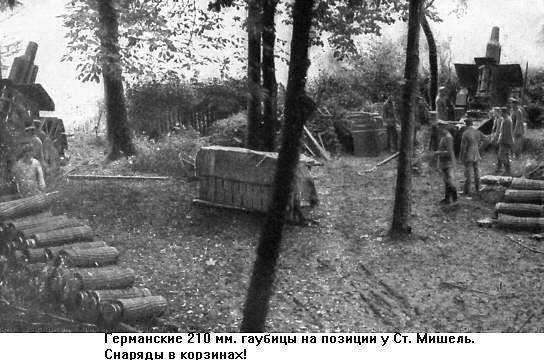
The Germans set the goal for 10 hours of their artillery preparation to realize what the French accomplished in the breakthrough of 1915, and then on a smaller scale, in a few days - the calculation was made on tactical surprise.
Pilonage reached Verdun’s unprecedented size: along the front at 1200 meters, along two consecutive lines of trenches, the Germans concentrated the 100 fire of heavy batteries and demolished everything.
The Germans did not spare ammunition and spent on a huge scale.
1918 Spring Offensive
Preparations for this operation began back in October 1917. On the front of a breakthrough of enormous length - 80 km, 90 infantry divisions are concentrated. Artillery weapons are huge and powerful. Some light and heavy howitzers near 6000, small-caliber trench mortars (75-mm) - 15000.
The superiority in mounted guns allowed the Germans to paralyze the defense to a considerable depth - at 6 - 8 km.
In preparing for their Great Offensive of 1918, the Germans did not set themselves the goal of destruction and annihilation, but wanted to force the enemy into retreat - that is, they wanted to paralyze the defense.
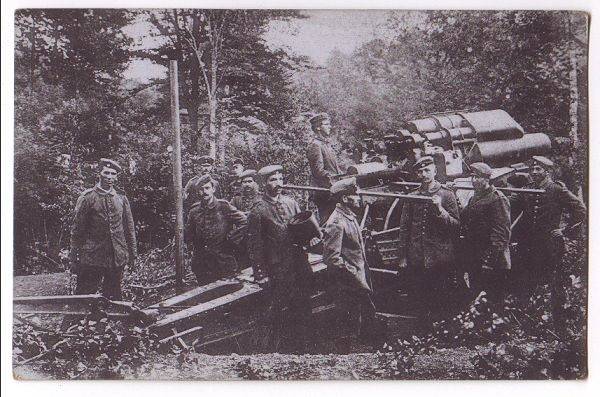
They open fire to kill, without shooting, in order to achieve surprise.
The assault begins on the 21 of March. His direct artillery preparation is even shorter than in the Verdun operation - only 5 hours. It is followed by an attack along the entire 80-kilometer front; it is covered by an extremely skilled, difficultly calculated barrage artillery fire, with a systematic roll forward of the fire curtain.
The assault is crowned with success, and then the Germans quickly move forward for several days at an extraordinary (after the maneuvering period of 1914 year) speed.
The above comparative data show that although the French developed very great energy in their offensive operations, the Germans exceeded in the breadth of scope and in the strong condensation of tension over time.
For their breakthroughs, the French make holes in a maximum of 37 kilometers wide (in 1 m - 25 + 12, in 2 m - 16 + 16 and in 3 m - 35 kilometers), and the Germans immediately in 80; French gaps were too narrow for the possibility of further successful promotion.
The French produce artillery preparations for the assault for several days, the Germans for several hours, and during these few hours they did what the French did in a few days. This achieved tactical surprise. The French understood this only at the end of the war and implemented this principle in their directive No. 5 of 12 on July 1918.
However, such short duration only applied to the preparation of the assault, while the whole operation took a very long time: Verdun operation - more than 4 months, and spring operation 1918 - more than 5. This preparation consisted in the mass concentration of artillery, a huge amount of ammunition, the concentration of troops, the establishment of communications, sanitary facilities, etc.
Equally lengthy was the preparation by the French of their breakthroughs: the breakthrough of 1916 was being prepared for the 4 of the month.
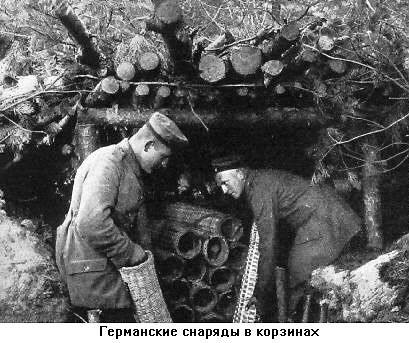
Compared to all this, how frivolous the preparations for the first Russian offensives of the period of positional war seem. The December offensive of 1915 on the Southwestern Front was undertaken under conditions that the Commander-in-Chief of this front, artillery general N. I. Ivanov, recognized as completely unsatisfactory, and the operation was very poorly prepared. The March offensive of 1916 was even more frivolously launched. The latter began to be prepared only in February, and in early March it began to be realized - and this despite the Russian relative poverty in railways and vast distances. Only subsequent operations, prepared much more thoroughly, have borne fruit. But it was very far from the standards of the Western armies.
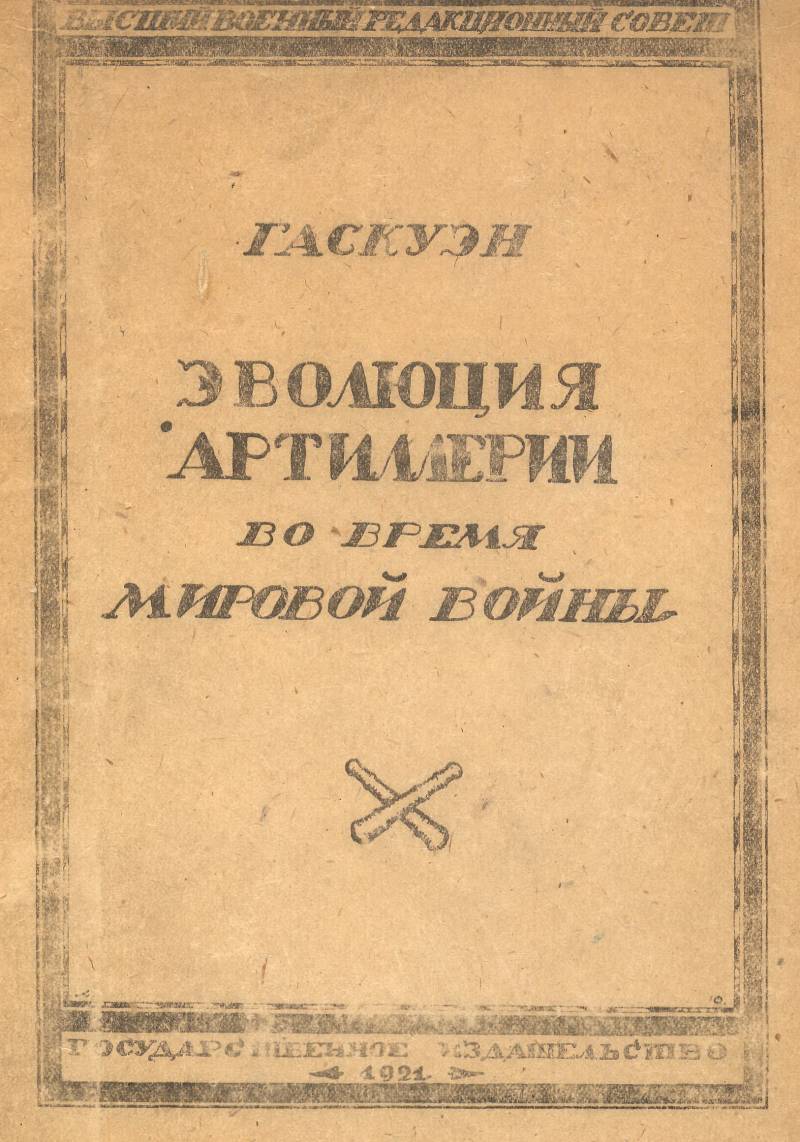
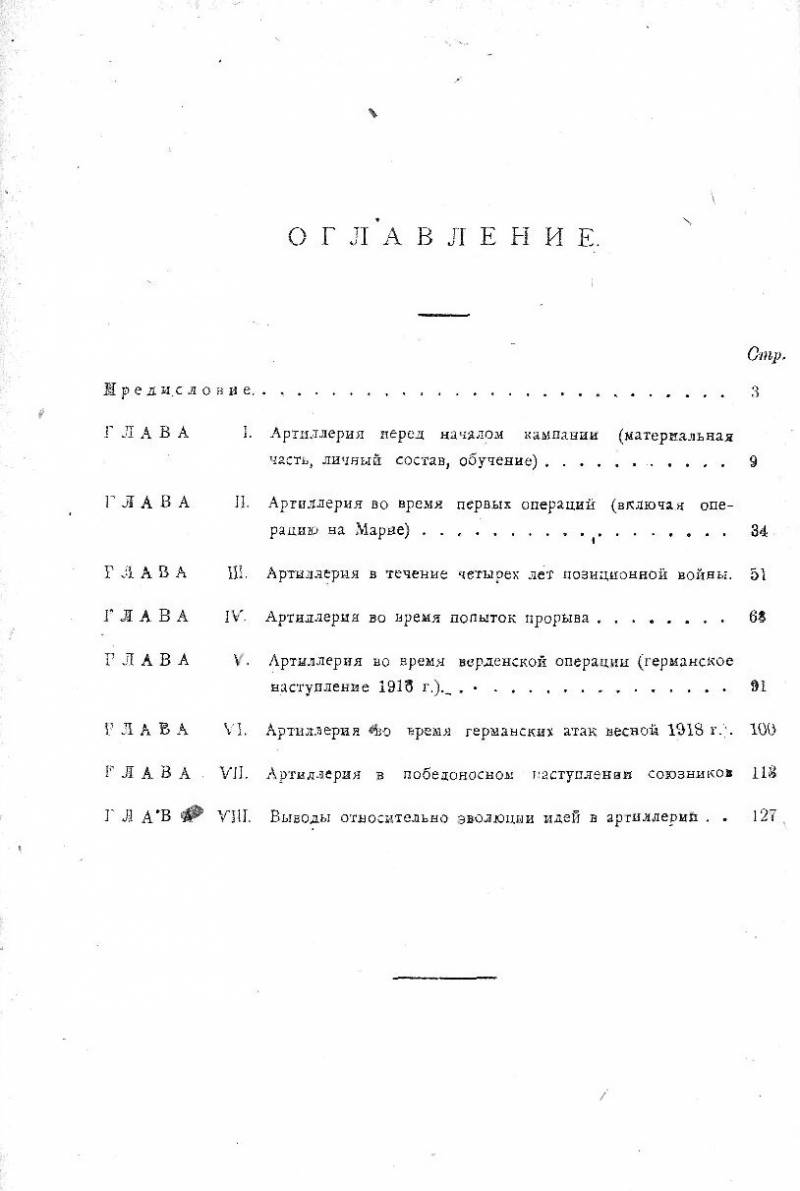
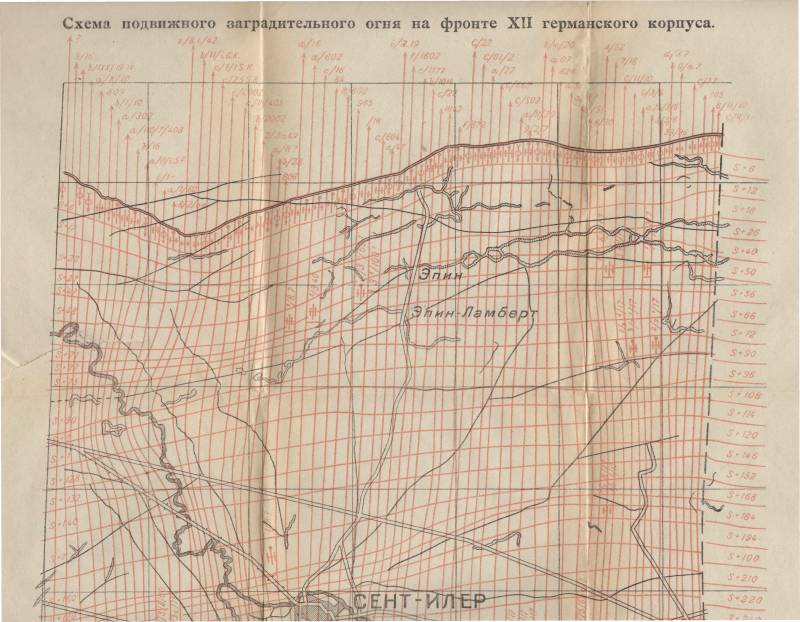
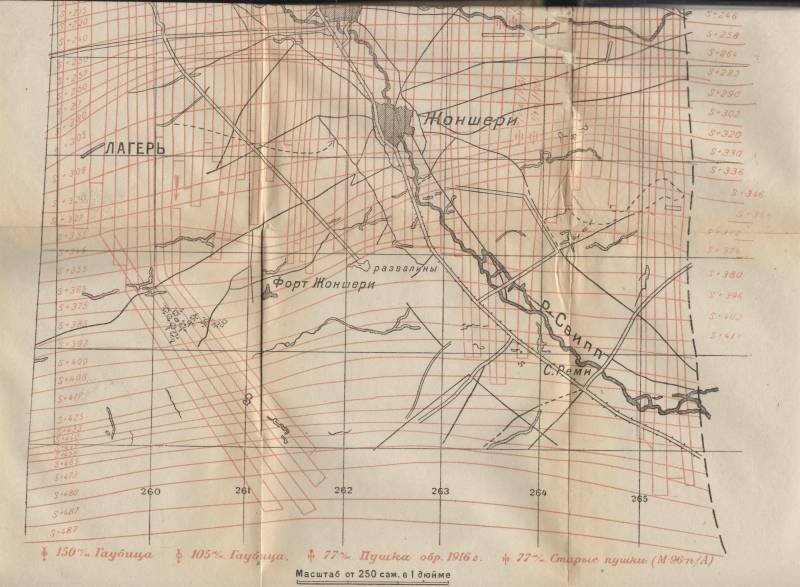

Information